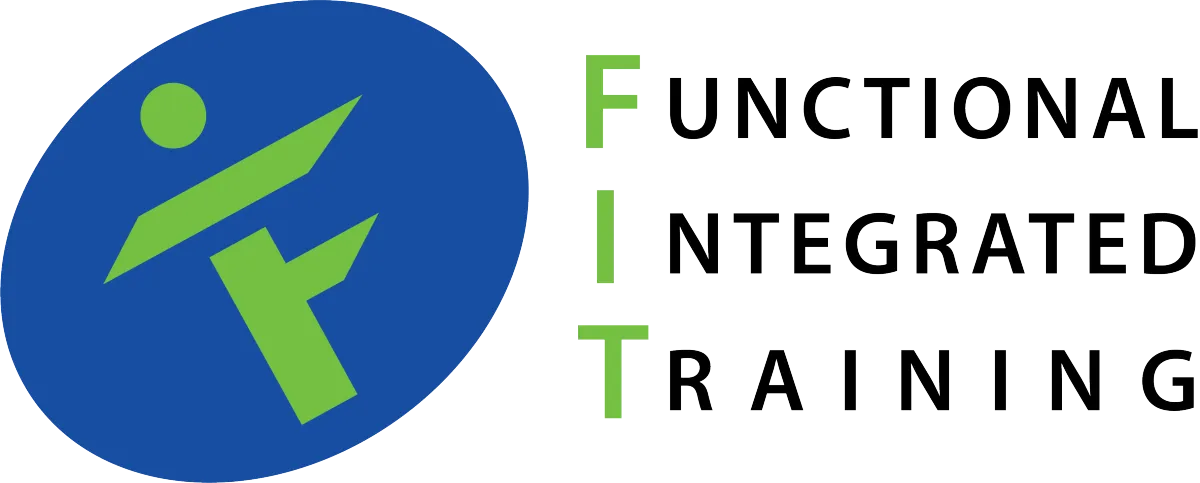We use cookies to improve your experience on our site. By using our site, you consent to the use of cookies. Rejecting cookies will prevent non-essential cookies from loading. Learn more
STRENGTH TRAINING BLOG

Unleashing Your Hidden Strength: Lessons from Hysterical Strength and Leadership
In 2016, 19-year-old Charlotte Heffelmire came home to a terrifying sight—her father’s truck was on fire in the garage, and worse, he was trapped underneath it. With the vehicle propped on blocks and missing a wheel, it seemed impossible to move. But in that critical moment, Charlotte didn’t hesitate. She lifted the truck just enough for her father to escape. Then, with the fire raging, she managed to start the vehicle and drive it out of the garage on three wheels, preventing a catastrophic explosion. Finally, she ensured her entire family made it out of the house safely before firefighters arrived.
After hearing this story, the natural question is: How was she able to lift a burning truck?
The Science of Hysterical Strength
This phenomenon, called hysterical strength, refers to a person’s ability to exert superhuman force in life-or-death situations. While largely anecdotal, countless stories tell of ordinary people performing extraordinary feats to save others. But what’s actually happening?
South African exercise scientist Tim Noakes proposed the Central Governor Theory, which suggests our brains regulate physical exertion to maintain balance (homeostasis) and prevent damage. This self-imposed limit manifests as fatigue, cramps, and the dreaded burn during intense exercise. However, under extreme stress—especially when someone else’s life is at risk—the brain can override these limits, unlocking hidden reserves of strength and power.
Interestingly, hysterical strength almost always appears when saving another person rather than oneself. This raises a fascinating question: Are we wired to protect others, even at our own risk?
The Leadership Parallel: Pushing Beyond Perceived Limits
While you may not be called upon to lift a burning truck, the lesson is clear: we all have more strength and potential than we realize—physically, mentally, and professionally. The challenge is accessing and applying that untapped power in a way that drives growth and leadership.
1. Push Your Limits—Strategically
Great leaders, like great athletes, don’t wait for crisis moments to test their limits. Instead, they engage in deliberate, progressive challenges that expand their capabilities over time. This applies to physical performance—lifting heavier, running faster—but also to leadership skills like communication, decision-making, and resilience.
A simple practice? Do something uncomfortable every day. Whether it’s a tough conversation, a high-stakes business decision, or an unfamiliar physical challenge, pushing your boundaries strengthens your ability to perform under pressure.
2. Recognize That Growth Is Nonlinear
Just as athletic improvement isn’t a straight line, neither is leadership growth. Progress comes in waves—some days, you feel invincible; others, you hit walls. The key is listening to your body and mind, adjusting, and pressing forward.
A lesson from hysterical strength is that we are capable of more than we think, but recklessly exceeding limits can lead to breakdown or injury. The best leaders (and athletes) master the art of calculated exertion—knowing when to push and when to recover.
3. Surround Yourself with the Right People
Hysterical strength often surfaces in community-driven moments—when one person sees another in danger and instinctively acts. This highlights a deeper truth: we are strongest when we are connected to others.
In leadership, the right balance of support and challenge is crucial. Surround yourself with people who encourage your growth while holding you accountable. In my dictionary, “kind” means being constructively positive while also pushing for improvement.
How This Applies to Your Leadership Journey
At its core, leadership is about recognizing potential and acting beyond perceived limitations—not just in yourself, but in those around you. The lessons from hysterical strength can be directly applied to your professional and personal life:
Train your ability to push limits. Whether physically or professionally, seek out challenges that build resilience and confidence.
Understand that growth isn’t linear. Embrace setbacks as part of the process, not as failures.
Build a strong support network. Leadership isn’t a solo pursuit—surround yourself with those who push you to be better.
Final Thought: Leading by Example
Charlotte Heffelmire didn’t wake up that morning expecting to perform an act of heroism. But when the moment came, she took action. The same is true in leadership—opportunities to step up and push beyond perceived limits appear unexpectedly. By preparing yourself physically, mentally, and emotionally, you ensure that when those moments arise, you are ready to lead by example.
So, what’s one challenge you can take on today to push your limits and uncover more of your true potential?

Jared Markiewicz
Owner of FIT, helping motivate, educate and elevate our clients since 2012 and Developer of FIT 4 Life, a brand dedicated to spreading our knowledge well beyond our 4 walls in Fitchburg




